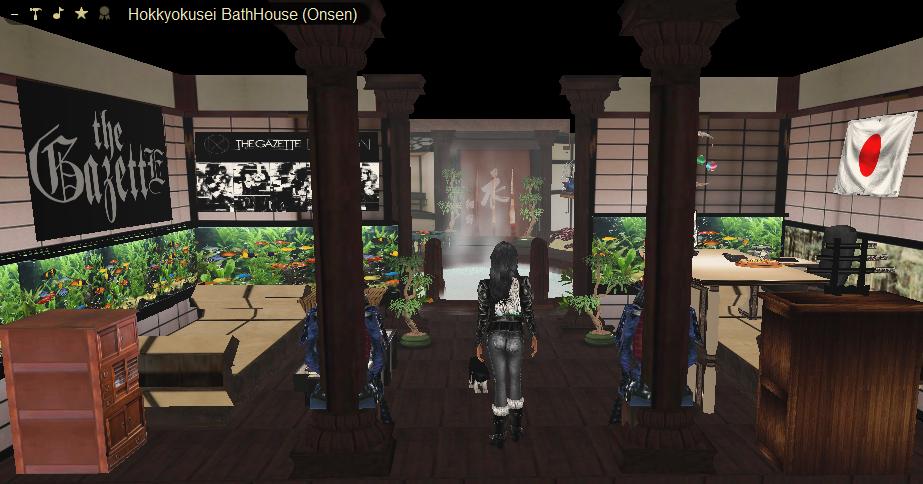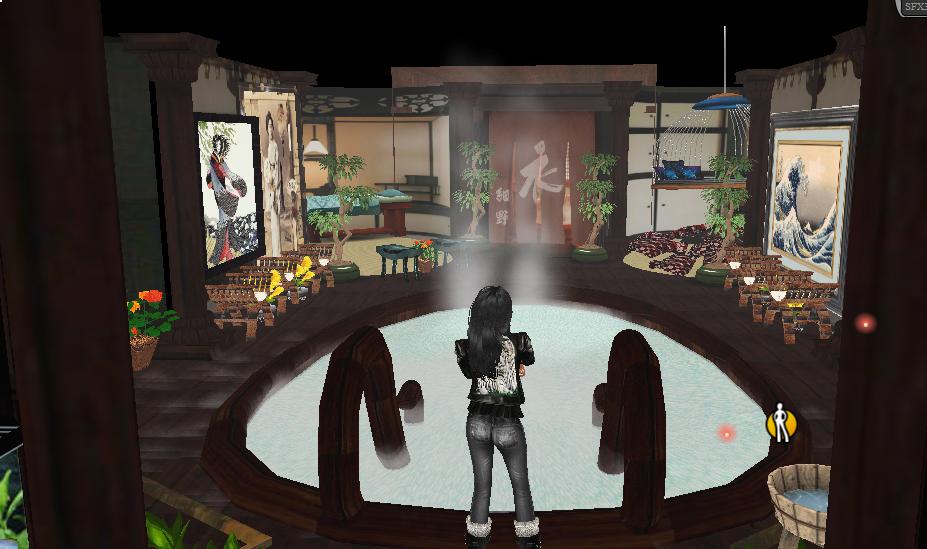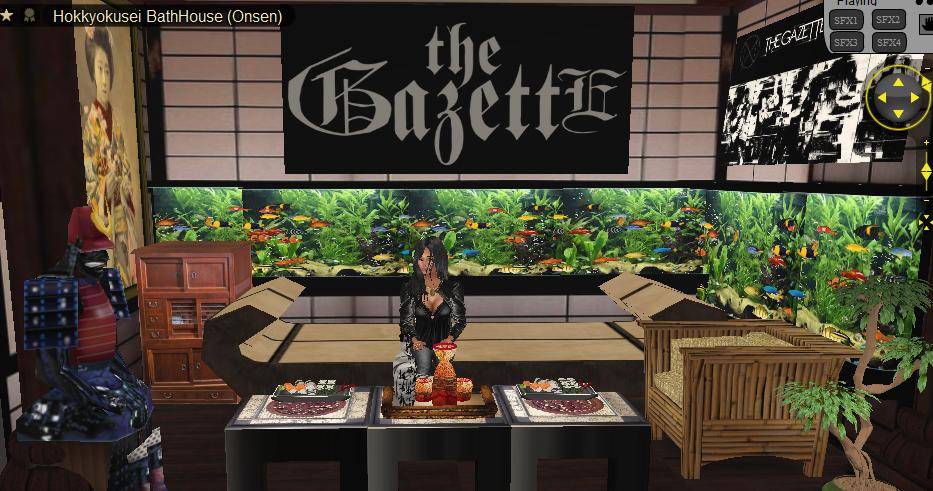Asian Group
Related: About this forumPublic Bathhouses in Japan (Sento) - Japanology Plus
NOTE:Onsen or sento, what’s the difference?
So you’ve heard of onsen, right? And have you heard of sento? Onsen are one of the things Japan is famous for, besides of course karaoke, Hello Kitty and Mt. Fuji. You might also have heard that onsen are natural hot springs, heated by the restless earth under Japan (and yep, the same restlessness causes earthquakes too). A lot is written about onsen in travel guides, but very few of the guides mention sento, onsen’s twin sister. So, what’s the difference?
Both sento and onsen are public baths. A sento is always a public bath house, while an onsen can be an outdoor hot spring. Ah, did I say hot spring again? Yeah, that’s right, there is the big difference between the two. An onsen is a natural hot spring. A sento runs on heated tap water.
In pre-war Japan very few houses had built-in baths. From as early as the beginning of the Edo period entire neighborhoods shared baths in public bath houses. In modern-day Japan on the other hand most if not all houses have their own baths or showers. The small neighborhood sento, which saw its heyday in the 1960?s, has become an endangered species.
Sento’s much cooler twin sister, the onsen, has however seen its popularity increase steadily. Both sento and onsen are places where people go to soak their tired bodies in hot water, the minerals that are inherently present in onsen water have made the onsen feel it’s too cool to hang out with its sister. Many onsen have been turned into day spa’s, with restaurants and more.
Fortunately though, the small neighborhood sento is still around. At last count there were about 6,000 left in the whole of Japan, and a visit to a sento gives a rare insight into Japanese culture.
With all that said, distinguishing between onsen and sento sounds fairly straight forward, right? But the two are a little more intertwined than you might have thought. Some small neighborhood bath houses run on hot water that springs from the earth, thus being worthy of the term onsen. On the other hand some resort-style day spa’s run on plain old tap water (these are called super sento).
With the success of the resort-style onsen, the smaller baths that happen to get their water from an onsen do usually make a point of telling the visitor about it. This usually happens in the form of wall-mounted boards that list all the health benefits that come from bathing in their water.
And then there are the small neighborhood bath houses that only have the word onsen in their name, but heat their tap water in the back room. And that’s perfectly okay, since they don’t actually advertise anything about their water. In these cases onsen is simply part of the name.
So is there a way to see from the outside of a public bath whether it’s an onsen or a sento? Indeed there is! The sign on the door gives it away. The sign on the right, the hiragana yu is the sign for bath houses that run on tap water, the sento. The sign on the left, vapors rising from a hot bath, is the mark for a public bath that gets its hot water from deep inside the earth, the onsen.
http://japanbaths.info/blog/2012/12/28/onsen-or-sento-whats-the-difference/
Art_from_Ark
(27,247 posts)For example, I've been to quite a few real onsen spas, and they all have entrances with curtains showing the hiragana character yu (ゆ ) on them. It only means that there is hot water on the other side of the curtains, and is used at sento as well.
This is an onsen at Yumoto, Fukushima

yuiyoshida
(41,831 posts)So I looked it up on Google. I have heard Onsen and Roten Buro before.. but this was a first, but than again, I am learning a lot from this series.. so fascinating!
Did you watch the video? Wow...I wanta go!
Art_from_Ark
(27,247 posts)They cost around 300 yen and might include a few amenities such as mildly electrified water (to help unstiffen those shoulders, or something). Onsen are resorts that will not only offer more amenities, but will usually offer overnight accommodation as well (although "day onsen" are also becoming popular). There are a few man-made onsen near my city that get their hot water from a natural source, but not from a natural bubbling-to-the-surface hot spring.
yuiyoshida
(41,831 posts)IF I ever go to Japan, I want to visit an Onsen or Rotenburo. Actually I have my own...let me show you images!


Mine is called the Hokkyokusei Onsen, and I have it placed (in the IMVU world) in Hokkaido. Note the Gazette signs are on the wall, can be stood on to active music Gazette Albums. I also have traditional music I Can play there as well.
It features a very large fish tank in the front office, as well as sushi and sake for visitors.

Art_from_Ark
(27,247 posts)I'm impressed ![]()